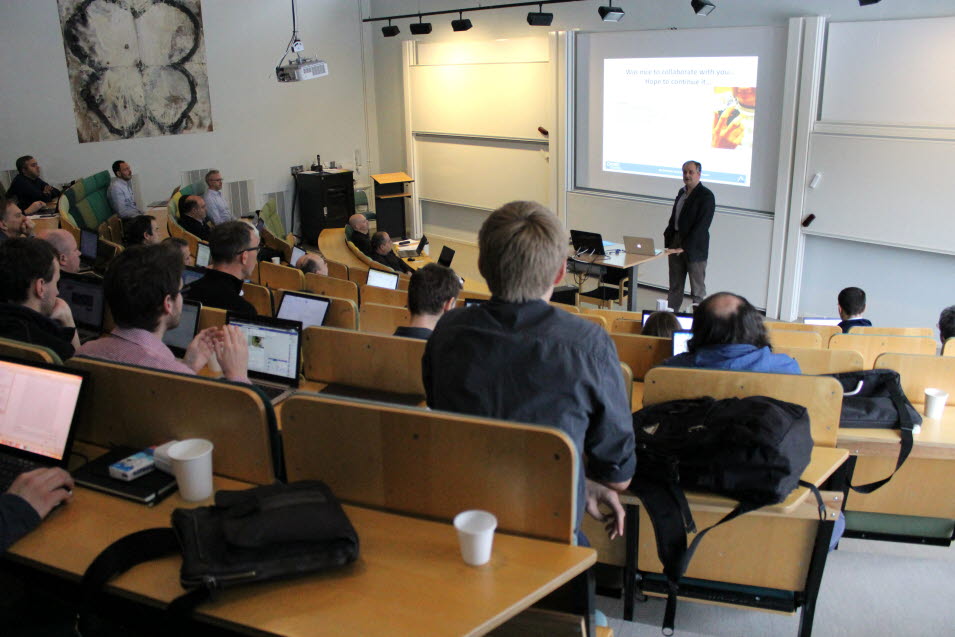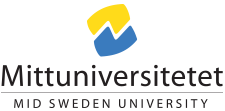
The European Training Network on Full-Parallax Imaging (ETN-FPI) is a new Marie Curie research action that will train the new generation of research leaders within the 3D area. The researchers will be trained in multi-dimensional image processing, relevant physics and optics and in vision science. The project started out in October 2015, and now the network coordinator Prof. Atanas Gotchev visited Mid Sweden University in Sundsvall.
How did the idea of this research project start out?
It was in the summer of 2013 when Prof. Mårten Sjöström at Mid Sweden University arranged a Summer School in Plenoptics. We had five external guest lecturers at the summer school and we started the discussion together with them on how to extend our research collaboration. One way of doing this was a joint application for a training network and EU:s Marie Curie is very suitable for training.
What is your main goals with the action?
We are going to employ 15 early stage researchers who just finished their Masters. This research action will support their training and research into becoming the next generation research leaders of the 3D research area. We also aim to contribute to a compression standard for 3D visual information, which is the focus for one of the early stage researchers that will be employed at Mid Sweden University.
Is it the first time this kind of project is done?
Yes this is the first time this is done within the 3D area. The researchers will have their own individual research projects but they will collaborate with several other universities, research institutes and companies all around Europe to get a wider understanding and multi-disciplinary perspective. They will get a greater knowledge about the whole chain within 3D, from capture to display and human perception of 3D. We want to add something extra within this action and therefore we have a larger focus on the user experience. That’s why we also collaborate with New Castle University that specialize in human vision studies. Altogether, this gives the researchers a great foundation for their future carrier.
How is it to lead the collaboration with so many organizations?
Well it is challenging, but I have a lot of experiences in collaborations cross the borders. I was a research leader for a FP7 project within mobile 3D TV that gave me better understanding for the processes. I think collaboration is the only way to bring the work within 3D research forward, to collaborate with the best research groups in Europe.
The project started in October, what have happened since then?
We started with a kick off in Tampere in October with all the professors and senior researchers who are going to supervise the individual projects. We made a clear plan on how to proceed and we are now in a very important stage, to recruit the researchers. It is very challenging to find the right people that just finished their MSc and are willing to pursue their research carrier. There is quite tough competition between other PhD-positions and companies who like to hire these newly graduate students.
What is the next step?
We have a clear plan for the future. In June we will have our first training school with all new researchers at Newcastle University where the early stage researchers will get to know each other a little bit and then we will have the second training school in University of Valencia in September. Online seminars will start at the same time. My main mission in this new consortium will be to create a fruitful atmosphere for these researchers where research is found pleasant.



